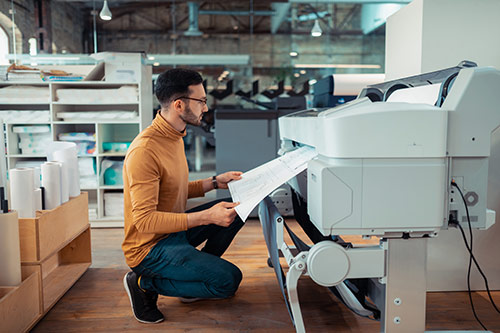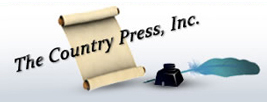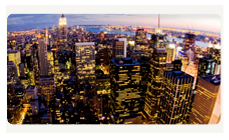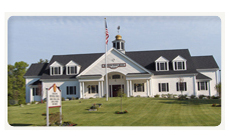
When it comes to printing projects, there are a lot more decisions than you might think. Deciding on the right paper, inks, and printing process to use are important in order to get the finished product you are looking for.
PRINTING MATERIALS
When choosing the perfect paper, the brightness, finish, opacity, and weight are all considered. The weight of a business paper or printer paper is determined in pounds. It is important to know this because the heavier the weight, the thicker the paper. The thickness and texture of the paper can really make a significant difference. The paper also varies based on how transparent or opaque it is. This is important particularly when you are planning to use both sides of the paper when printing as in short run book printing. While opacity is measured by how much the paper stops light from passing through, brightness is measured by how much light it will reflect. The brighter the paper, the brighter the printed product. This determines whether a paper's finish is either matte or glossy.
Different print jobs use different kinds of ink, and the particular print you want to achieve may require a different type of printer. A printer can either work with pigment-based or dye-based ink. Pigment-based ink is more expensive and has a lesser color range than dye-based ink. But when it comes to print life, pigments are better. The advantage of dyes is that they are able to produce more colors and are a more affordable alternative.
PRINTING PROCESSES
Printing processes differ based on the printing project. Digital printing can be the best alternative when printing small quantities. Digital printing takes the image or text from the electronic source to the printer to produce a faster output. The advent of digital printing has eliminated all the mechanical procedures of offset printing. Also known as offset lithography, offset printing is prominently used for printing larger loads with guaranteed high quality. It is used when printing massive orders of books, brochures or newspapers.
During finishing and binding, the printed products are folded and bound. School books and magazines normally take a single fold finish. Manuals, cookbooks, and other publications can be done either in spiral, saddle stitch, or with loose-leaf binding.
Each type of printing material and process offers different advantages, that when used correctly can be a huge advantage. For more details, visit The Country Press.





Comments
{tag_commentlist}